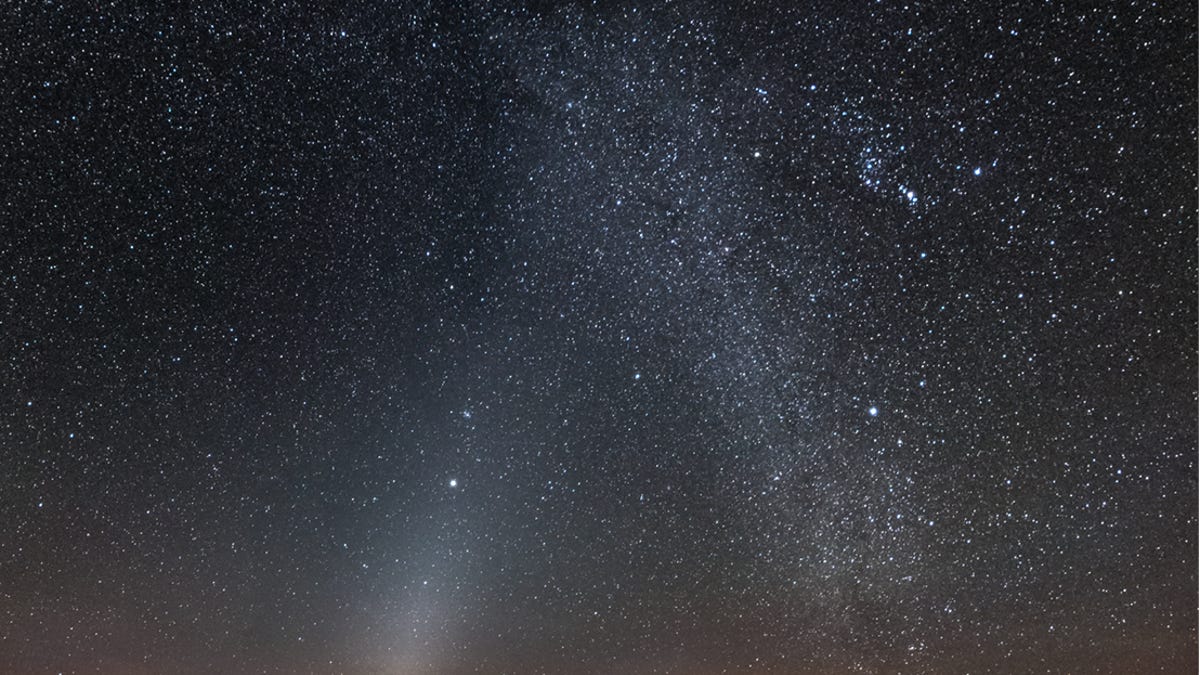NASA spacecraft discovers the universe is less crowded than we thought
Observations from New Horizons at the edge of the solar system indicate there may be fewer galaxies than we thought.

This very wide, multiframe panorama was taken in October 2014 at Canyon de Chelly National Monument in northeast Arizona. The zodiacal light is at left, with the northern Milky Way to the right.
While we might think of space as a vast sea of blackness, all we have to do is look up at night to see that it's punctuated by countless stars, galaxies and even a few planets visible to the naked eye.
Scientists recently used data from NASA's New Horizons mission out beyond Pluto to measure just how dark the cosmic background really is. What they found has implications for what we thought we knew about the makeup of the entire universe.
In short, space is so dark there can't be as many galaxies out there, adding their faint glow to the backdrop, as astronomers have previously estimated.
"It's an important number to know -- how many galaxies are there?" Marc Postman of the Space Telescope Science Institute said in a statement Tuesday. "We simply don't see the light from 2 trillion galaxies."
That was the earlier estimate derived from Hubble Space Telescope observations, but a new study forthcoming in the Astrophysical Journal and co-authored by Postman suggests the total number of galaxies in the universe is probably in the hundreds of billions rather than the trillions.
Interestingly, this is closer to an even earlier figure guessing there were around 200 billion galaxies. That was based on Hubble data from the 1990s.
New Horizons' location out near the edge of the solar system gives it an ambient sky 10 times darker than where Hubble sits.
"These kinds of measurements are exceedingly difficult. A lot of people have tried to do this for a long time," said study co-author Tod Lauer of the National Optical Infrared Astronomy Research Laboratory. "New Horizons provided us with a vantage point to measure the cosmic optical background better than anyone has been able to do it."
The team's results will be presented Wednesday at a meeting of the American Astronomical Society.
The upcoming James Webb Space Telescope, currently set to launch on Halloween, could help provide further insights into exactly how many and what type of galaxies provide the faint background glow that keeps the universe from going totally pitch black.
Follow CNET's 2021 Space Calendar to stay up to date with all the latest space news this year. You can even add it to your own Google Calendar.

